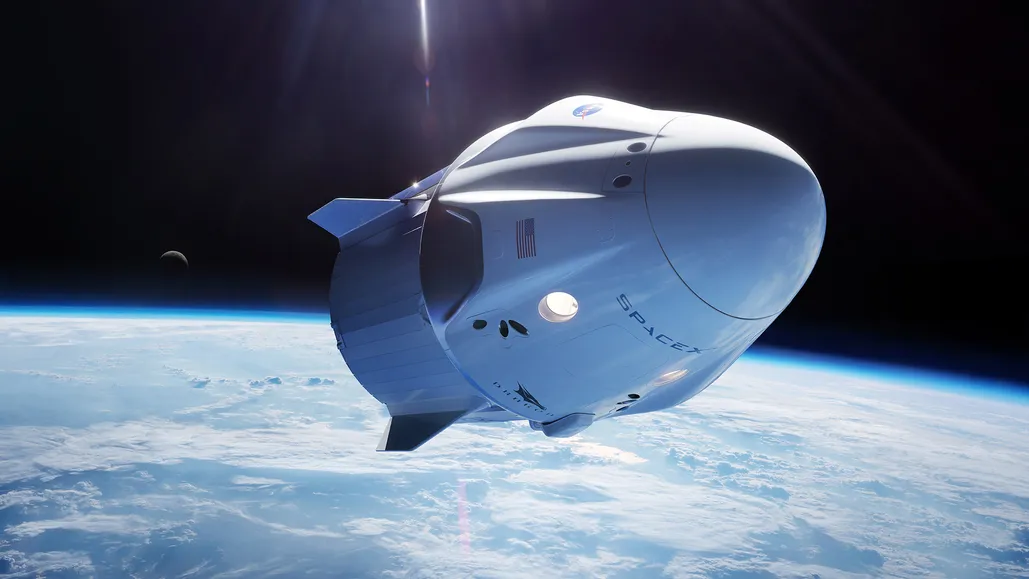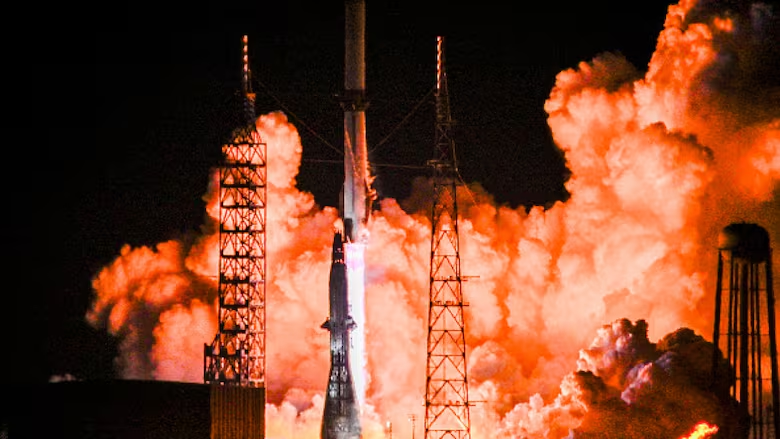
China carried out a quiet test of its first inflatable module in Orbit. During its recent Shijian-19 mission, China tested a small, expandable module in orbit, according to a new update shared over a month after the spacecraft’s return to Earth.
The Shijian-19 retrievable satellite was launched on September 27 aboard a Long March 2D rocket from the Jiuquan Satellite Launch Center. It landed on October 10 at the Dongfeng landing site in the Gobi Desert.
In a statement released on November 21, the China Academy of Space Technology (CAST)—the manufacturer of both Shijian-19 and the expandable module—confirmed the module had undergone successful in-orbit testing. Referred to as an “inflatable flexible sealed module,” it is made from advanced composite materials and is designed to expand once in orbit. This innovation represents a step forward in lightweight, space-efficient construction and is seen as a key development for future large-scale space structures.
CAST highlighted that the module is launched in a compact, folded form and inflates once in orbit, maximizing efficiency while reducing weight. The organization views this as a promising direction for sealed module technology, particularly for constructing large habitats or facilities in space.
The module underwent extensive ground-based testing before launch, including airtightness, debris resistance, pressure endurance, vibration tolerance, and thermal vacuum tests. These tests were carried out in collaboration with CAST’s partner organizations to ensure reliability.
While China has previously expressed interest in inflatable modules, this marks the first public unveiling of functional hardware. CAST’s experience in system design, material structures, and thermal regulation played a significant role in achieving this milestone.
The test aligns with China’s broader ambitions to expand its Tiangong space station. Current plans feature docking capabilities for new rigid modules, but inflatable modules could eventually complement this infrastructure.
This test draws comparisons to Bigelow Aerospace’s BEAM module demonstration on the International Space Station. However, the Shijian-19 inflatable module was smaller and tested for a shorter duration. Globally, companies like Lockheed Martin and Sierra Space are also advancing inflatable habitat technologies, which are likely to feature in future low Earth orbit commercial space stations.
Shijian-19 itself represents a next-generation reusable platform for conducting in-space experiments. Weighing around 3,500 kilograms, the spacecraft carried various payloads and experiments, including crop irradiation tests to encourage beneficial mutations, microbial studies, and other space technology demonstrations.
The mission was relatively short—lasting about two weeks—but it showcased China’s ability to retrieve payloads. Shijian-19’s recoverable section can return up to 600 kilograms of material to Earth, addressing a capability gap for microgravity experiments beyond what is currently possible with the Tiangong space station. A longer-term version of the spacecraft, equipped with solar arrays, is also under development for extended missions.
The successful trial of the inflatable module not only bolsters China’s expertise in space technology but also paves the way for its use in deep-space exploration and orbital habitats.




Leave a Reply